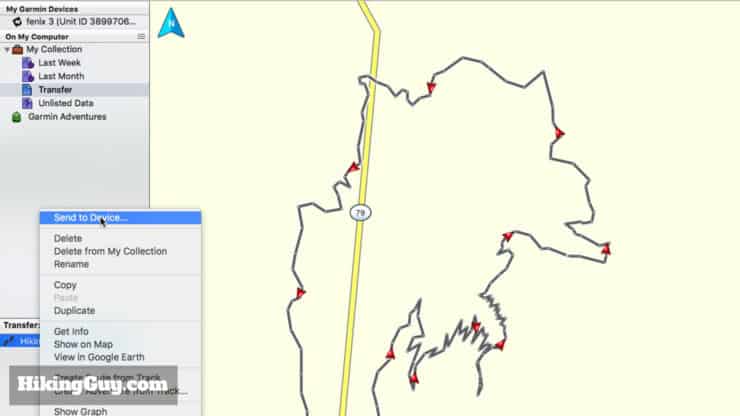

In this case we will use Lake Georgetown. By saving the lakes on GE by specific folders, it allows me to be very detailed with my waypoint management.Ĭlick the lake folder you want to convert. For example, rocks will be labeled RCK1, RCK2….or a bridge might be BRG1 and BRG2. I also label my waypoints by what they are so that I can quickly tell while on the water. The reason I do this is because some units will not hold over 5000 waypoints and some units do not allow different waypoints to contain the same file name. I prefer to save them by lake and load them specifically for the lake I am headed to. When you have GE open, you will need to select the files you want to convert.

Here is one way to go about doing this and then using the files in my Lowrance HDS10 to have a super productive trip: Once you set your waypoints in GE, you will need to save them, convert them and then upload them into your fish finder so that you have them once you are on the water. GE also has a historic timeline that allows you to find great structure/cover when the water was low that might not be seen once the water is back to regular level. Before I ever head to a new body of water, I always spend an evening scouting the lake in Google Earth and marking waypoints to check out once I’m on the water. It allows you to quickly scout the lake and look for what I call “POI” or also known as “Points Of Interest”. Using Google Earth prior to a fishing trip has many advantages.


 0 kommentar(er)
0 kommentar(er)
